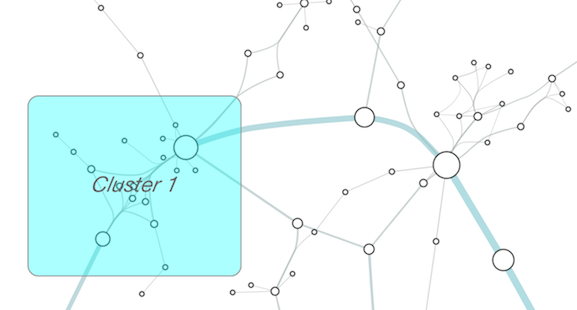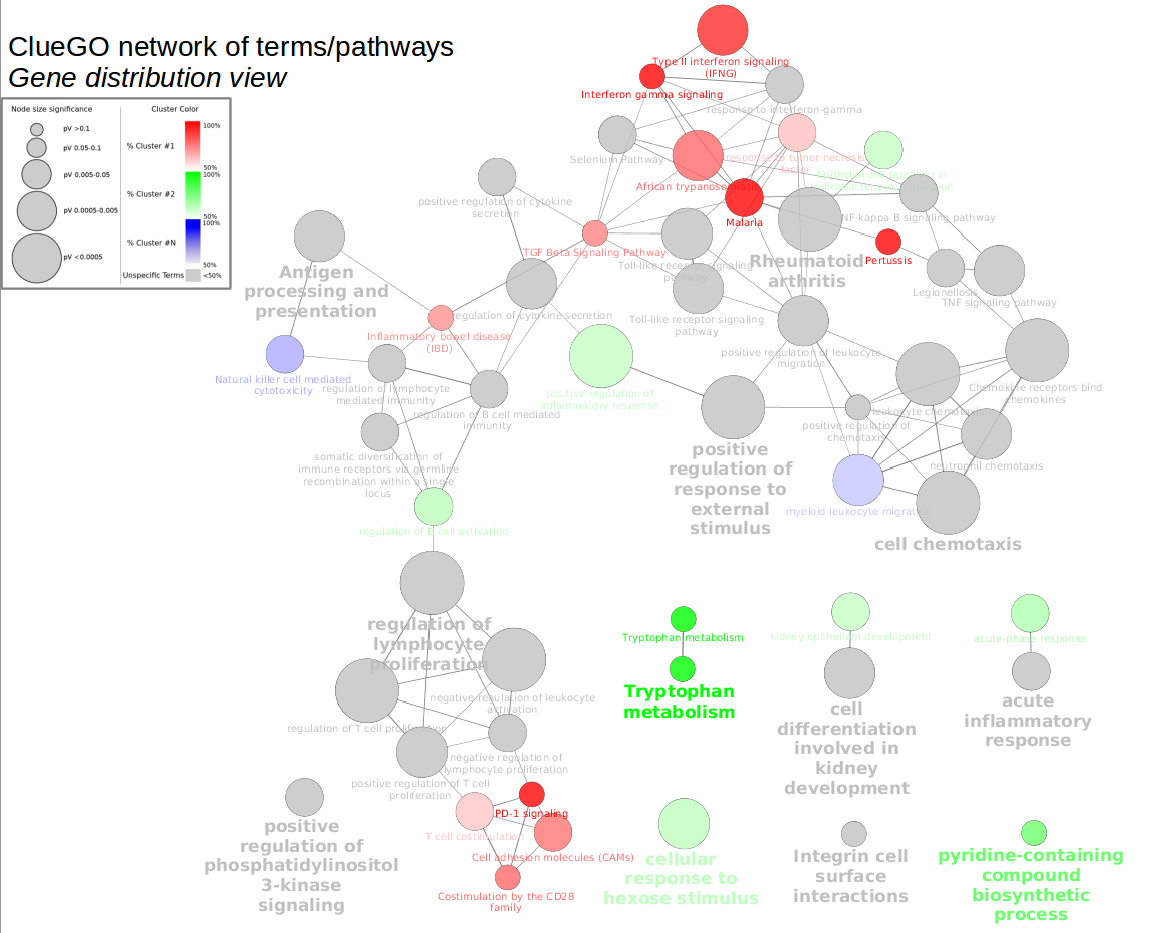

In the Edges tab, you can choose which edge types should be displayed.For example, if you can select only residue number and type ( image ), you will observe that the node labels are updated. In the General & Nodes tab you can choose how the node label should be displayed.Go to Plugins → RINalyzer → Visual Properties ( image ).In order to see the whole network click on the 1:1 ( image ) icon in the Cytoscape toolbar. Go to Plugins → RINalyzer → Layout → RIN Layout ( image ) to layout the network according to the 3D view.Go to Plugins → RINalyzer → Protein Structure → Show backbone ( image ) to add protein backbone edges to the RIN and display the ribbon in the Chimera 3D view.Go to View → Show Graphics Details ( image ). Show all graphics details in the network view, as they are not displayed in a zoomed-out view.Close the dialog informing you about the success of the mapping between network nodes and structure entities ( image ).It may take a while until UCSF Chimera is launched and the 3D structure is opened.Select the PDB file in the file browser and click on the Open button ( image ).Go to Plugins → RINalyzer → Protein Structure → Open structure from file ( image ).Load the PDB structure file pdb1hiv_h.ent:.Select the edge attribute file in the file browser and click on the Open button ( image ).Go to File → Import → Edge Attributes.Import the edge attribute files pdb1hiv_h_intsc.ea and pdb1hiv_h_nrint.ea by performing the same steps for each file:.


Select the file pdb1hiv_h.sif in the file browser and click on the Open button ( image ).Go to the 1hiv directory that contains the RIN files ( image ).Select the Local option for Data Source Type and click the Select button ( image ).Go to File → Import → Network (multiple file types).
#Cytoscape 3 tutorial archive#
#Cytoscape 3 tutorial download#
Click on the link 1hiv ( image ) and download the archive file 1hiv.zip to your local file system ( image ).Enter a PDB identifier in the search form ( image ) and click the Search for RIN data button.In this example, we will use the PDB entry 1hiv, an HIV-1 protease. In this step, it is assumed that you have chosen a protein of interest with an experimentally determined 3D structure and you know the PDB identifier of this protein. If you cannot see the whole image, you can use the keyboard arrows to move to the right or to the bottom while holding the mouse over the image. In the following, screenshots for each step appear when hovering the mouse over ( image).


 0 kommentar(er)
0 kommentar(er)
